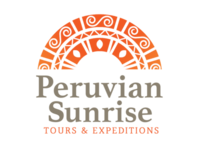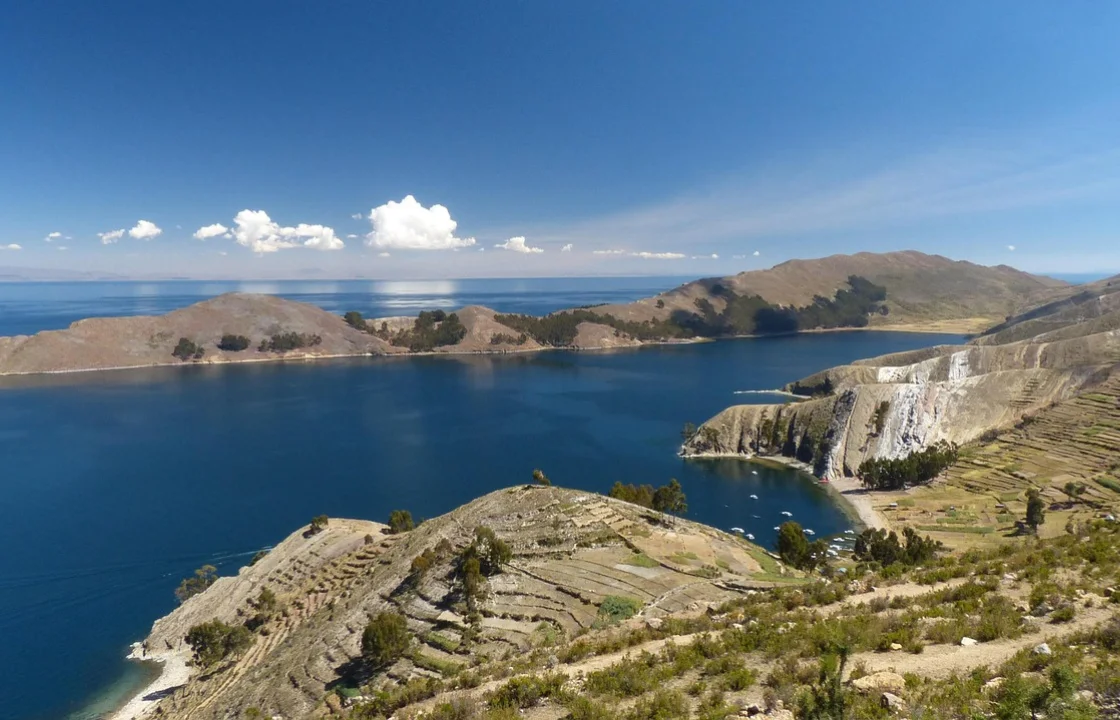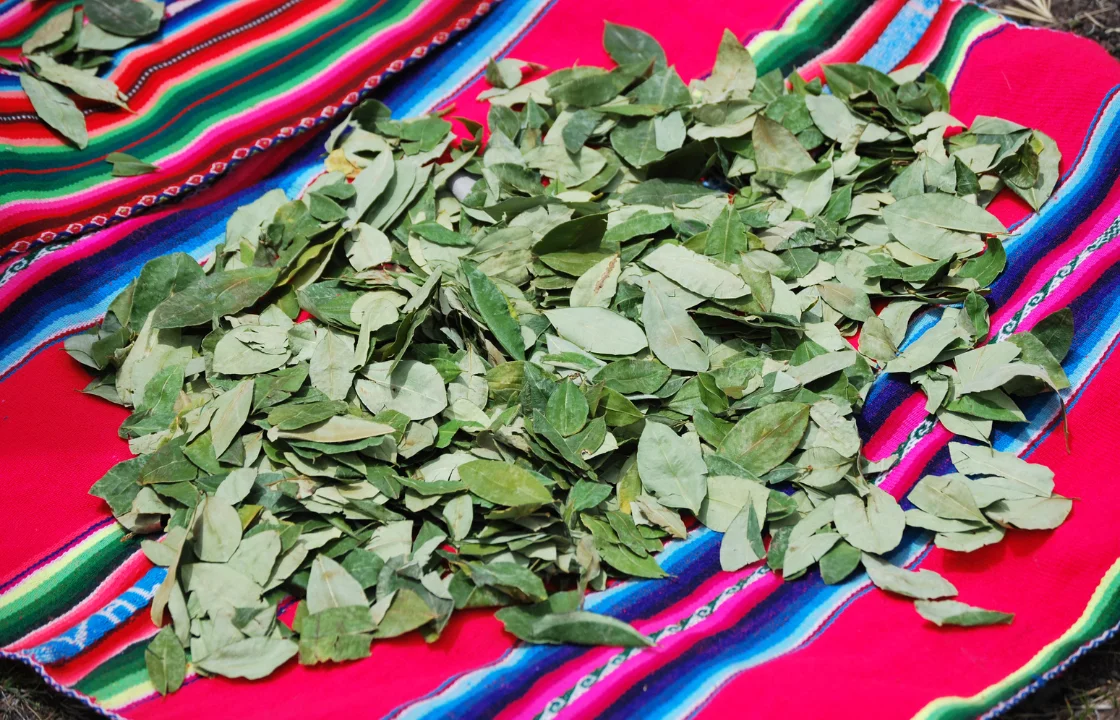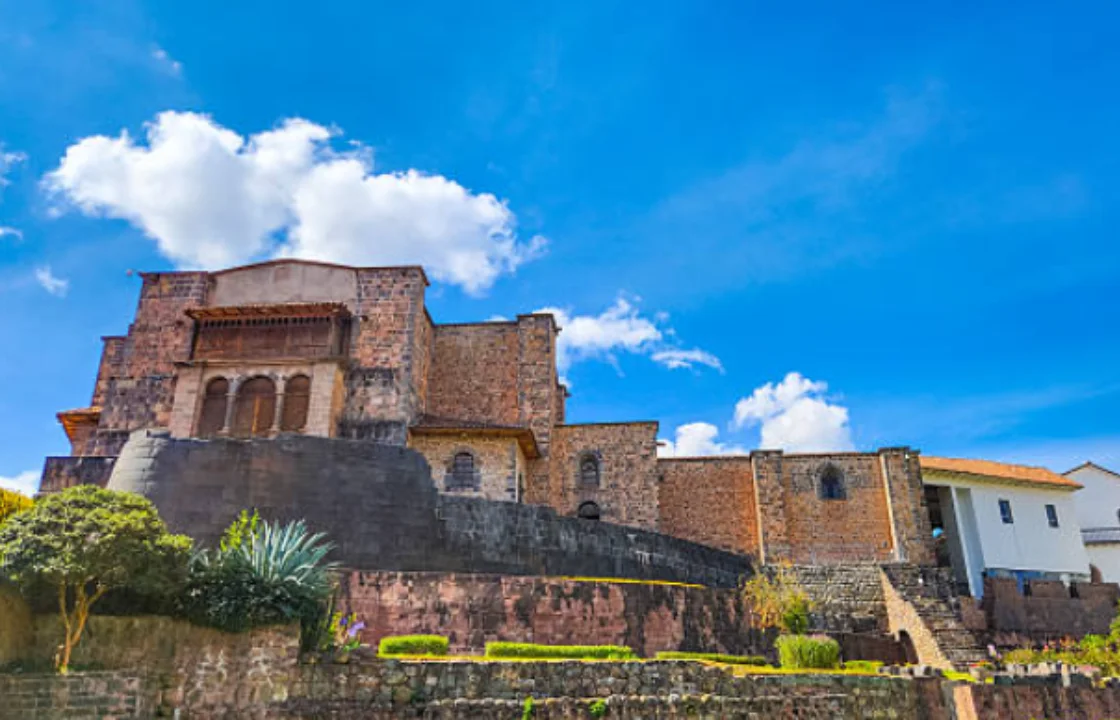Hello, dear reader! Imagine a world where the sun was your father, the mountains were living gods, and every river or stone could carry sacred power. The Inca Civilization wasn’t just one of South America’s greatest empires, it was also deeply spiritual. Every action, harvest, or battle was tied to pleasing their gods.
At Peruvian Sunrise, we help travelers connect with this ancient energy through unforgettable journeys to sacred Inca temples, powerful landscapes, and living traditions. Get ready to meet the Inca gods, discover their rituals, and walk through the temples where it all happened.
Inca Gods: The Sacred Beings of the Andes
The Inca religion was polytheistic, meaning they believed in many gods. These gods controlled everything: the sun, the moon, the weather, the earth, and even death. Each god had a personality and a role in keeping balance in the world.
Inti: The Inca Sun God
Inti was the most powerful of all Incan gods. He was the Inca sun god, giver of light, warmth, and life. The Sapa Inca, or emperor, claimed to be his direct descendant. Temples like Coricancha in Cusco were built in his honor and covered in gold to reflect his light.
Mama Quilla: The Moon Goddess
Wife of Inti and protector of women. She was the goddess of the moon and played a key role in timekeeping and calendars. Her cycles helped regulate agriculture and festivals.
Pachamama: Mother Earth
One of the most beloved deities. Pachamama represents fertility, agriculture, and the land itself. Even today, many Peruvians offer “pagos a la tierra” (payments to the earth) in her honor. Know more about Pachamama Raymi, the Feast of the Mother Earth.
Illapa: God of Thunder and Rain
Illapa controlled storms, lightning, and water... all vital for crops. He was represented as a man holding a club and a sling, and when he threw lightning, thunder followed.
Viracocha: The Creator
The father of all gods, Viracocha created the sun, moon, stars, time, and humans. Even though he wasn’t worshipped daily like Inti, he was respected as the origin of all things.
Supay: Lord of the Underworld
Not all gods were gentle. Supay was the god of death and ruled over Uku Pacha, the world below. Though feared, he was not considered evil — just part of the cosmic balance.
Inca Rituals and Beliefs: Honoring the Gods
The Incas believed that to keep the world in balance, they had to communicate with the gods regularly. This was done through ceremonies, sacrifices, and spiritual rituals. Here are the main practices:
Coca Leaves: A Sacred Plant
The coca leaf was sacred and used in nearly all ceremonies. Priests, nobles, and shamans chewed coca during rituals to connect with the gods and read omens in the leaves. Learn the benefits of coca leaves Here!
El Cuy: Guinea Pig Sacrifices
Cuyes (guinea pigs) were offered to gods to ask for protection, healing, or rain. Shamans would sometimes read the entrails to see what the gods were saying.
Sacrifices
Sacrifices were a way to thank or please the gods. The Incas offered llamas, corn, gold and in special cases, children through the ritual called Capacocha. These children were seen as pure and were chosen for major events like the emperor’s coronation or after a natural disaster. For them and their families, it was considered an honor.
Pago a la Tierra (Payment to Pachamama)
Still practiced today, this is a ritual offering of food, coca, sweets, wine, or even small animals buried in the ground to honor Pachamama. It’s done to ask for good harvests, health, or protection.
Shamans and Spiritual Guides
The Amautas (wise men) and shamans led rituals, cured illness, and interpreted the will of the gods. They used herbs, chants, fire, and connection to nature.
Inca Temples: Where Earth Met Sky
The Incas built sacred places called huacas. These could be rocks, mountains, rivers, or temples. The temples were carefully placed to align with the sun and stars.
Coricancha: The Temple of the Sun
Located in Cusco, the Coricancha was the most important Inca temple. Its walls were covered in sheets of gold, and it contained altars to Inti, Mama Quilla, and Pachamama. It also marked the center of the Inca world.
Intihuatana: The Hitching Post of the Sun
At Machu Picchu, this carved stone worked as a solar clock. During the solstices, priests “tied” the sun to make sure it didn’t disappear forever.
Huacas: Sacred Spaces
Not all sacred places were buildings. A huaca could be a spring, a rock, or a mountain. These were worshipped with rituals and offerings.
How were Inca Temples Built?
The temples were made with incredible stonework. The Incas carved and fit stones together without mortar, so perfectly that not even a knife fits between them. They were built to last, and many have survived centuries of earthquakes.
Travel with Peruvian Sunrise
At Peruvian Sunrise, we offer more than just tours, we offer connection. Our expert guides take you through sacred landscapes, ancient temples, and Inca ruins with respect and deep knowledge. Whether you're curious about what the Incas used to worship or want to experience a real pago a la tierra, we make your journey personal and unforgettable.
Book now and walk the sacred paths of the Inca gods and goddesses under the same sun they once praised.
FAQs
What is the name of the Inca sun god?
His name is Inti, and he was the most important deity in Inca culture.
What did the Incas worship?
They worshipped natural forces like the sun, moon, earth, mountains, and rivers. Everything had a spirit.
How many Inca gods are there?
There were many — Inti, Viracocha, Pachamama, Mama Quilla, Illapa, Supay, and countless huacas.
What did the Inca often offer to the gods?
Coca leaves, corn, gold, animals like llamas and guinea pigs, and sometimes children in special rituals.
What happened at the Inca temples?
They held ceremonies, sacrifices, astronomical observations, and were political centers too.
What was the high priest of the Incas called?
He was called the Willaq Umu, the high priest of Inti.



